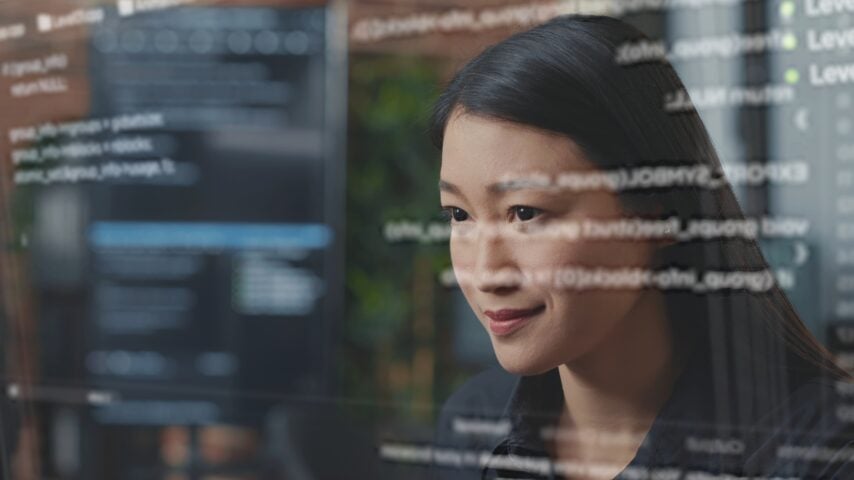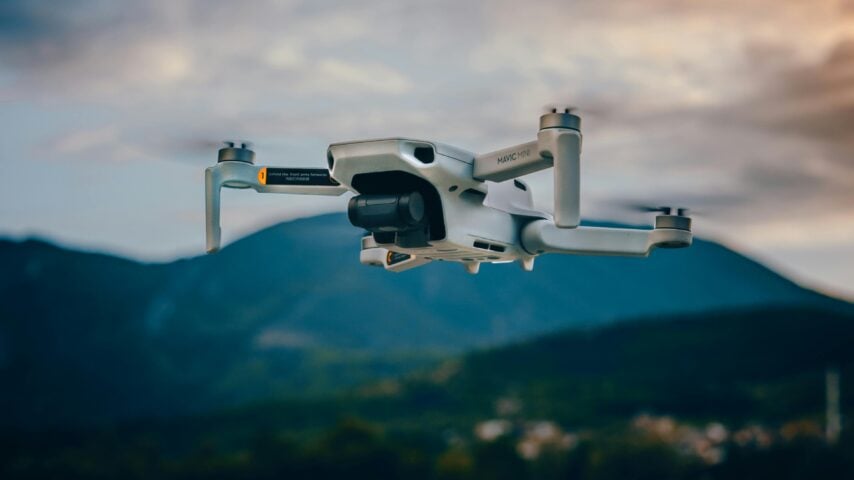What if you could just see the parts of life you need to see most? I’m sure that technology is coming. But right now, what we can offer is the ability to see the pixels of video that you really need to see most.
See what matters
By Jade Kurian, President of latakoo
We’re all busy. What if you could just see the parts of life you need to see most? I’m sure that technology is coming. But right now, what we can offer is the ability to see the pixels of video that you really need to see most.
For more than a decade, the latakoo team has worked on a problem that affects everyone from journalists to emergency responders: how do you see clearly when bandwidth is limited and lives are on the line?
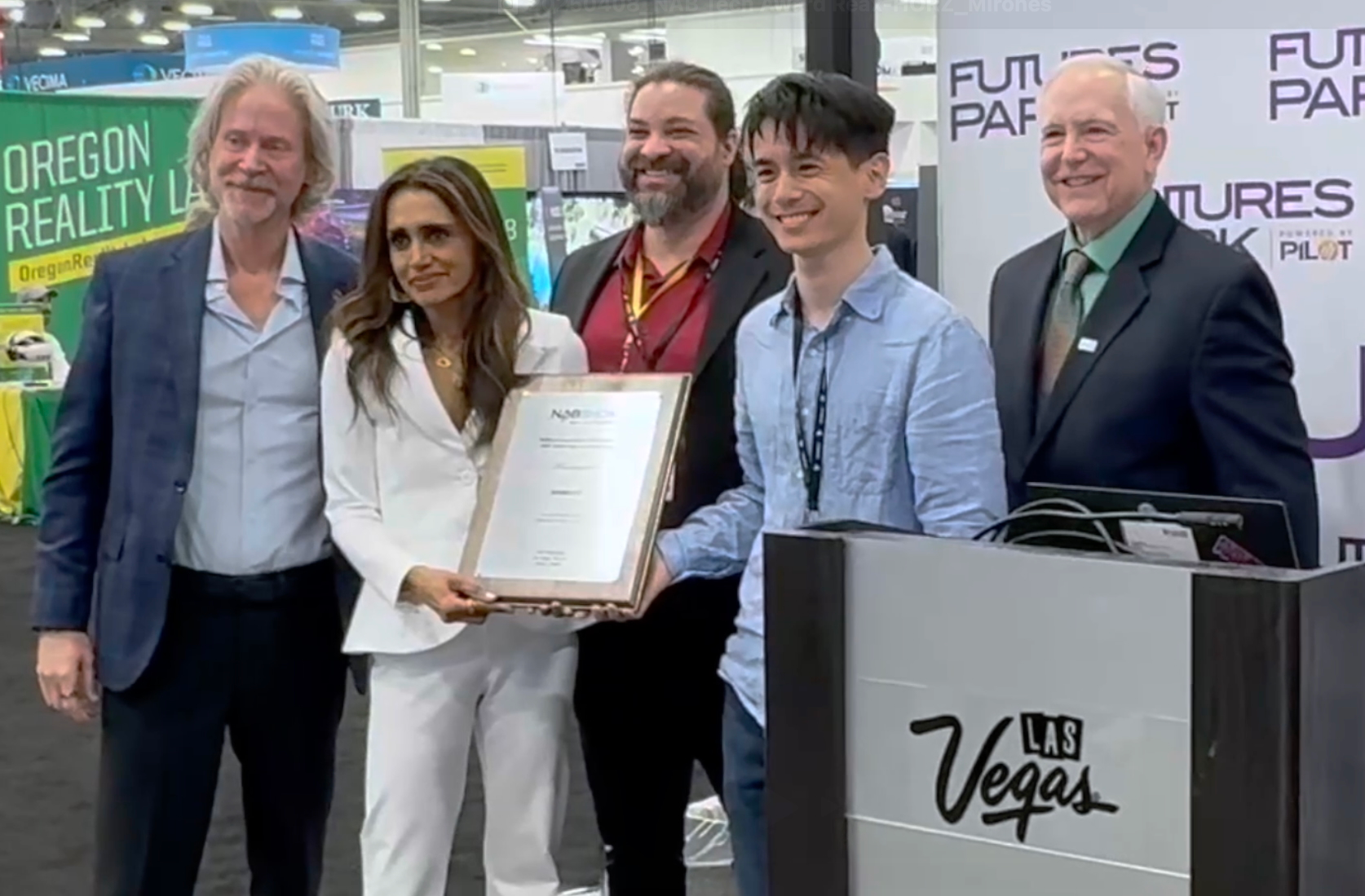
At latakoo, we’ve developed the answer: Generative Video Codec, or GVC. It’s not commercially available yet, but it’s already changing how we think about video. latakoo was just recognized with the prestigious 2025 Technical Innovation Award at the National Association of Broadcasters (NAB) convention for GVC on April 7 in Las Vegas.
THE FUNDAMENTAL PROBLEM
When you stream video today—whether you’re a doctor consulting on remote surgery, a reporter covering a natural disaster, or a soldier reviewing drone footage—you’re stuck with a significant limitation: your entire video is compressed uniformly, degrading quality across the frame. Even when the overall image looks acceptable at first glance, zooming in on critical details reveals they’ve blurred into a pixelated mess, making precise identification impossible.
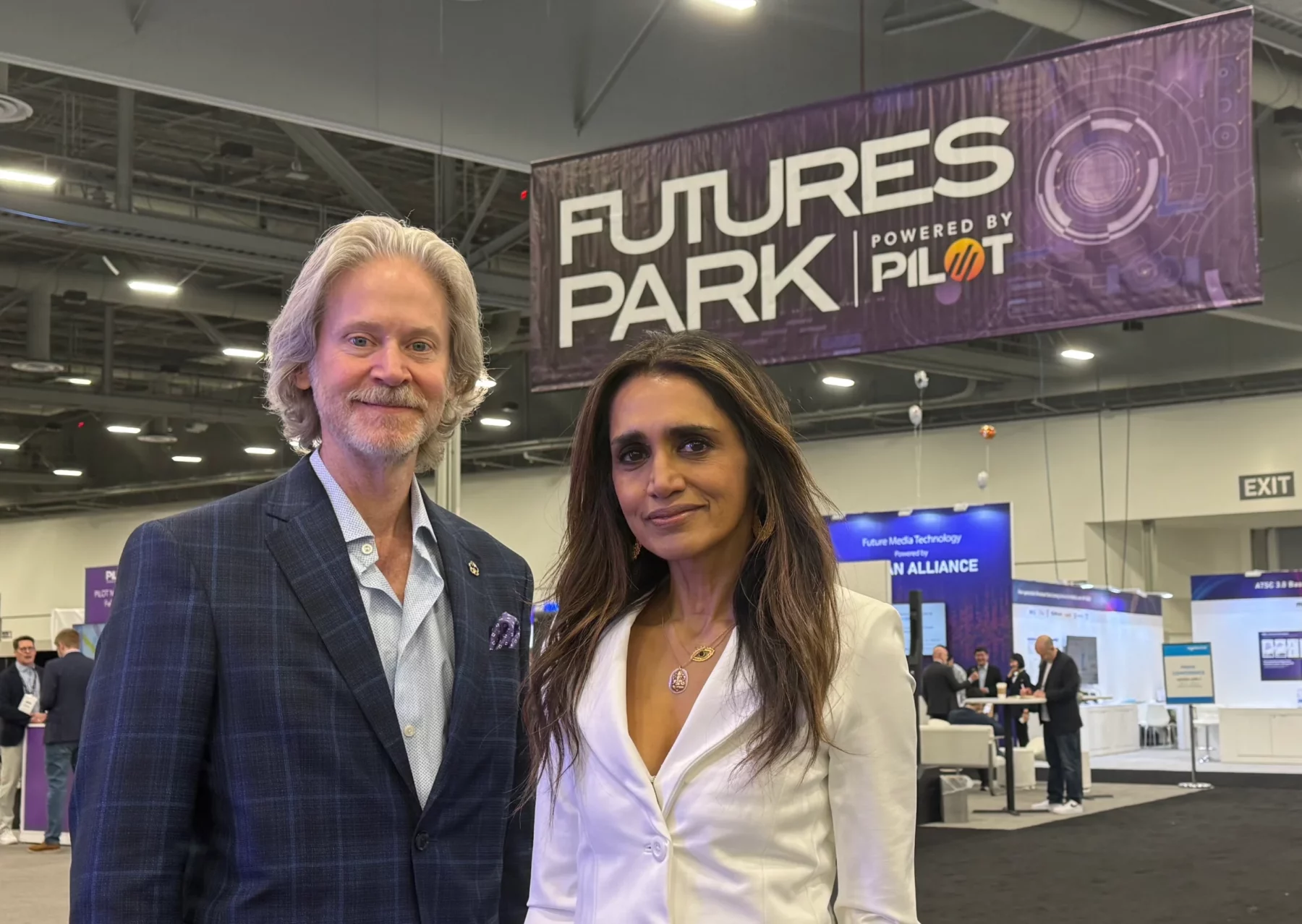
Co-Founders of latakoo Paul Adrian and Jade Kurian
“All you care about is just this little corner of the screen where the action is happening,” Paul Adrian, latakoo co-founder and CEO, explains. “But current technology treats every pixel as equally important.”
This uniform approach might seem logical, but in practice, it severely restricts critical communications. When bandwidth is limited—as it often is in the field—the entire video suffers equal quality reduction, making important details impossible to distinguish precisely when they matter most.
THE BREAKTHROUGH
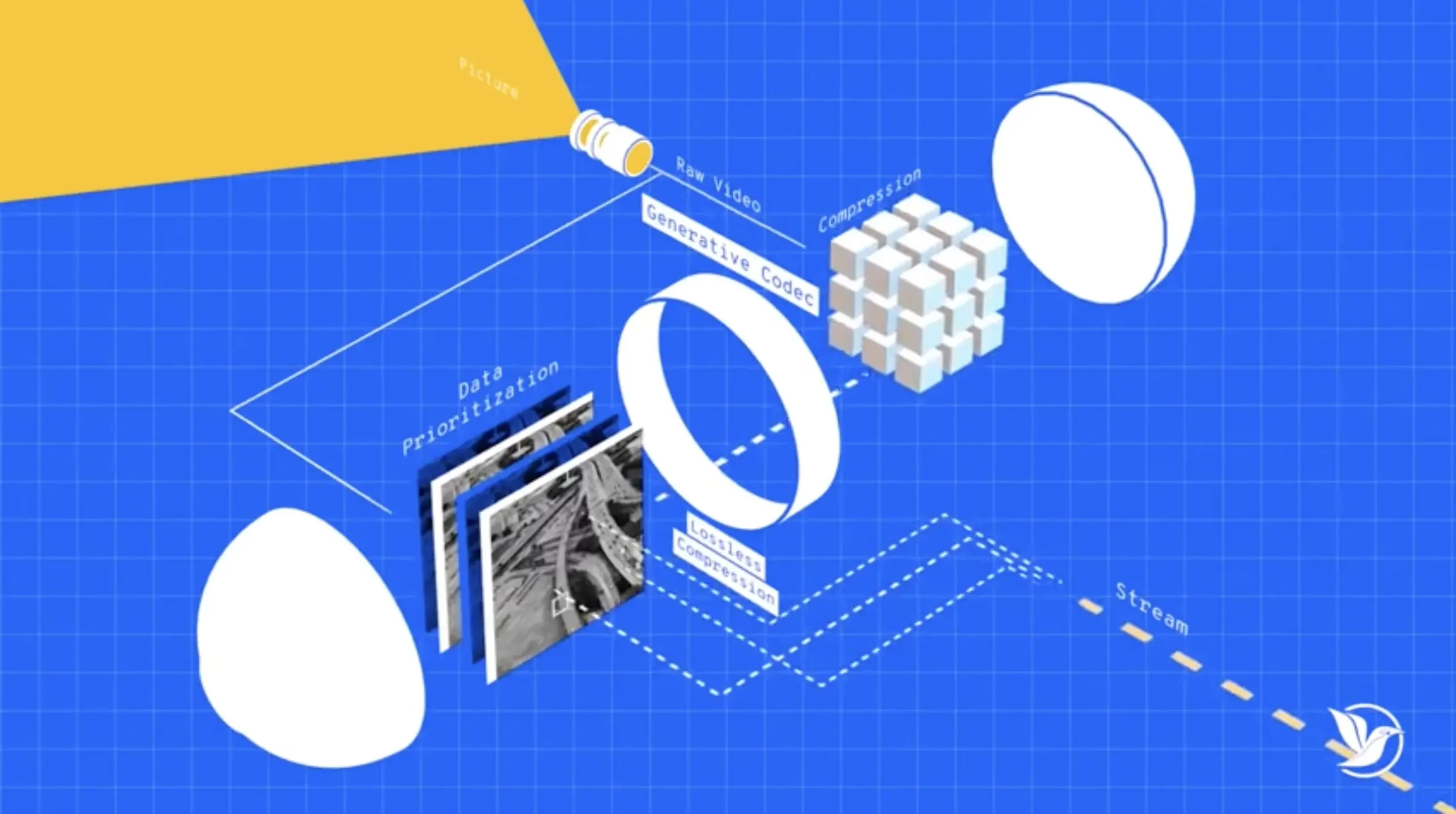
What GVC does is fundamentally different. Instead of compressing everything uniformly, GVC creates a flexible format composed of thousands of tiny, individually decodable files, preserving all original detail at the source while intelligently managing transmission priorities.
The GVC system works in two powerful ways: First, it automatically identifies and prioritizes information-rich elements—a human over a blank wall, a vehicle over an empty stretch of road, a patient’s wound over the surrounding examination room. Second, it responds to user control, allowing you to direct bandwidth resources to specific areas that require enhanced clarity.
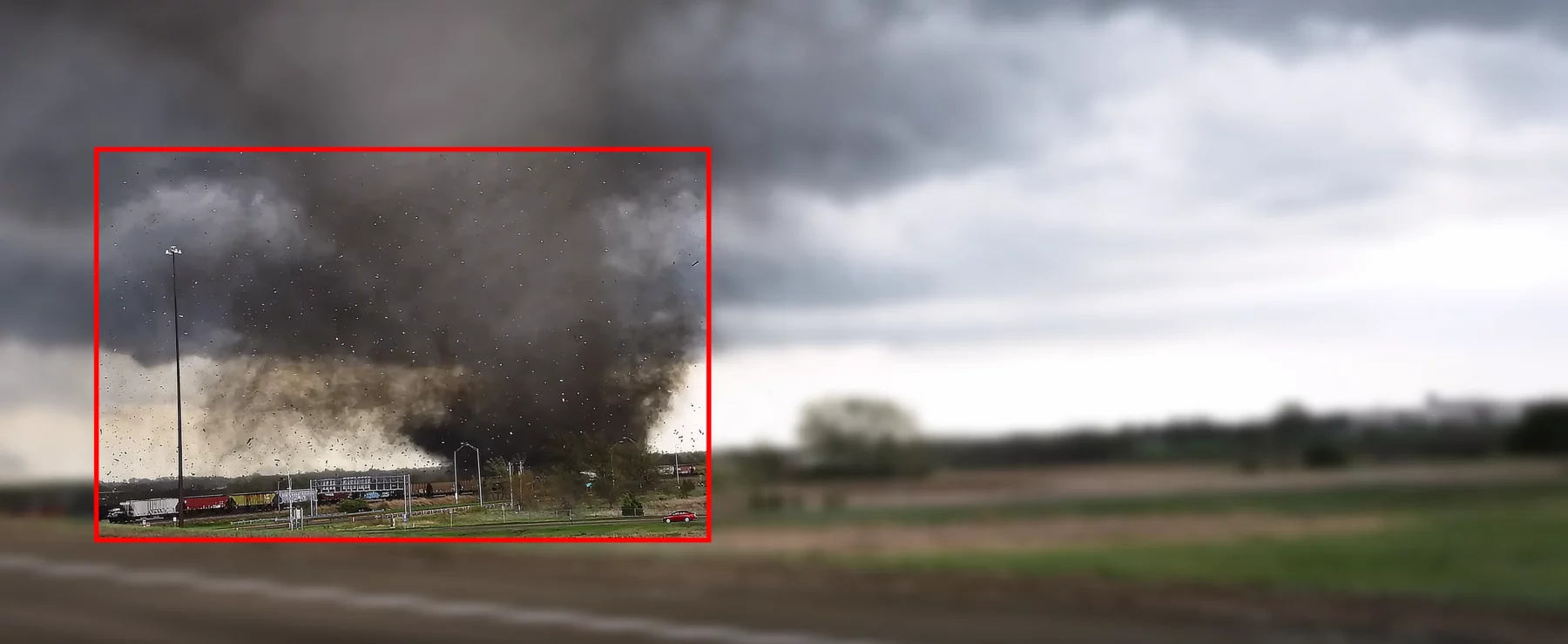
For a police officer identifying a suspect in a crowd or a first responder locating victims during a disaster, GVC delivers crystal-clear detail where it matters most while maintaining sufficient context in surrounding areas—all dynamically adjusted based on available bandwidth.
“Because GVC captures everything in lossless quality at the source, even when reviewing previously transmitted footage, the system can send higher-resolution data for your newly selected regions of interest,” says Dr. Richard Metzler, latakoo scientist and director of federal projects. “This means you can get enhanced clarity for any part of the video—even areas you weren’t focused on during initial transmission.”
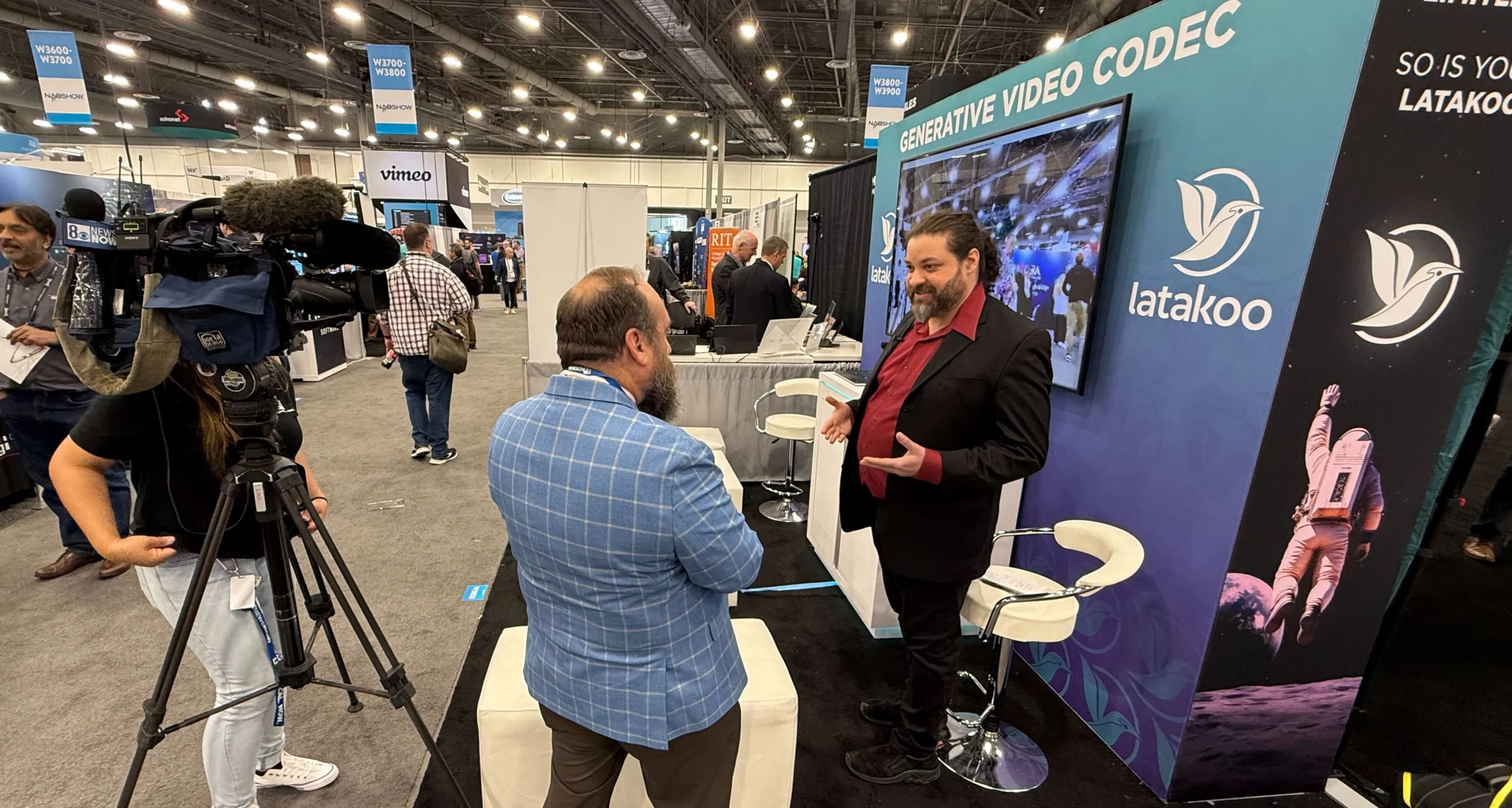
This adaptive approach ensures you see what’s important with exceptional clarity without sacrificing the broader situational awareness that’s critical for informed decision-making.
“The receiving device feeds back information saying, ‘This is the region where I need the most detail,'” Adrian says. “The sending device prioritizes those data fragments while still maintaining global context.”
Expanding Use Cases: From Law Enforcement to Telemedicine
The use cases for GVC extend far beyond emergency response. In law enforcement, for example, surveillance footage often comes through with such low resolution that identifying key details like license plates or faces can be nearly impossible. With GVC, that’s no longer a problem. You can zoom in on a suspect’s face in a crowd or clearly read a license plate in a hit-and-run investigation.
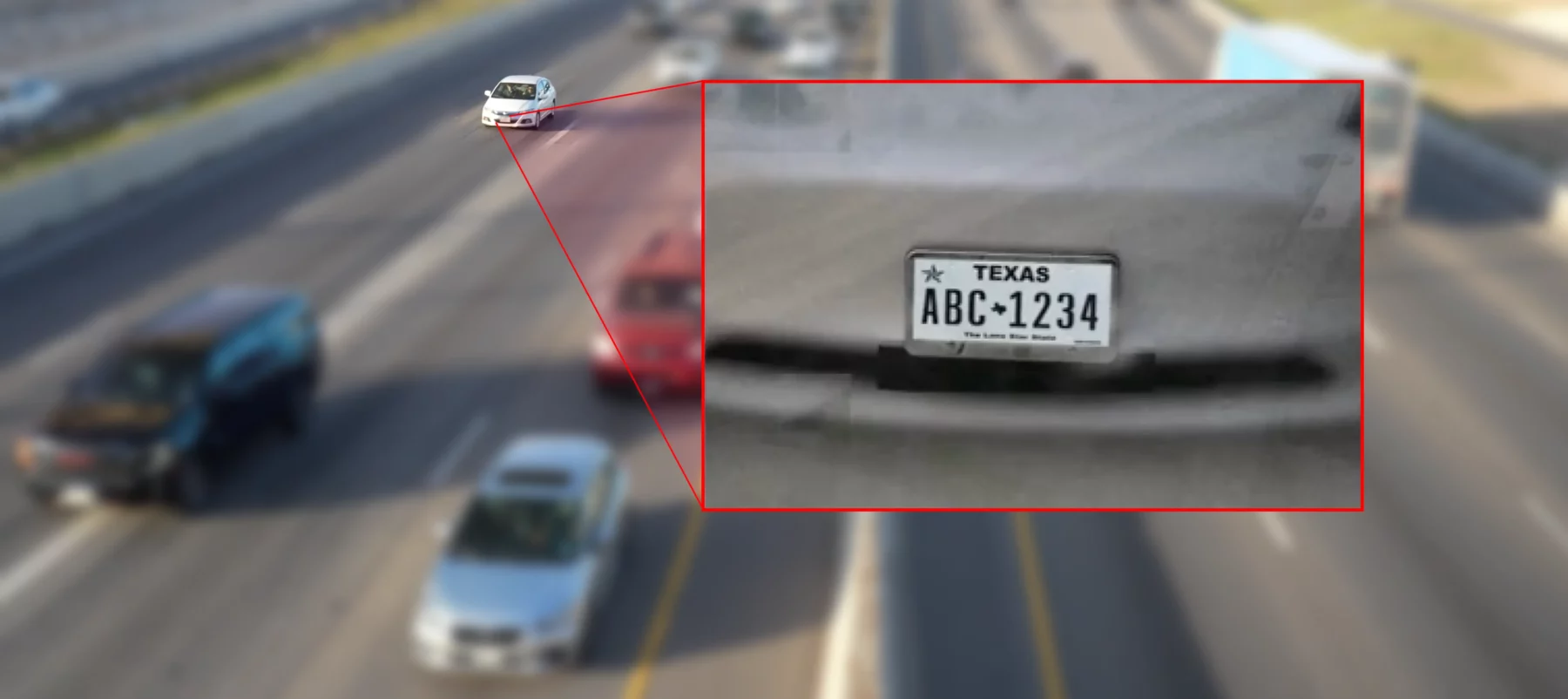
In these moments, having clear video means making the right decision, which can literally save lives. The power to focus on what matters in real-time can make a massive difference.
It’s not just law enforcement. Imagine the possibilities in telemedicine. A world-renowned heart surgeon can consult on a live surgery halfway around the world, zooming in on the most critical area of the patient’s body—an artery, for instance—without missing the broader context.
“In telemedicine, you can have an expert consult on active surgery from afar, seeing the details that only their expertise can identify,” Dr. Metzler explains. “Imagine a specialized surgeon guiding a procedure in a remote location, able to see precisely what they need to see, when they need to see it.”
For healthcare in general, high-resolution medical imaging is crucial for diagnosis and treatment, but their massive file sizes make collaboration difficult. GVC changes that dynamic completely. In real-time or in review, this kind of precision can be a matter of life or death.
Entertainment and Sports: A New Era of Video Production
While GVC is making waves in critical industries, it’s also a game-changer in entertainment and sports. For broadcasters, sports producers, and film studios, GVC offers the ability to enhance specific parts of a video while maintaining the overall scene. Imagine a coach reviewing footage from a game. With GVC, they can focus on a player’s movement during a critical play while still seeing the rest of the action on the field.
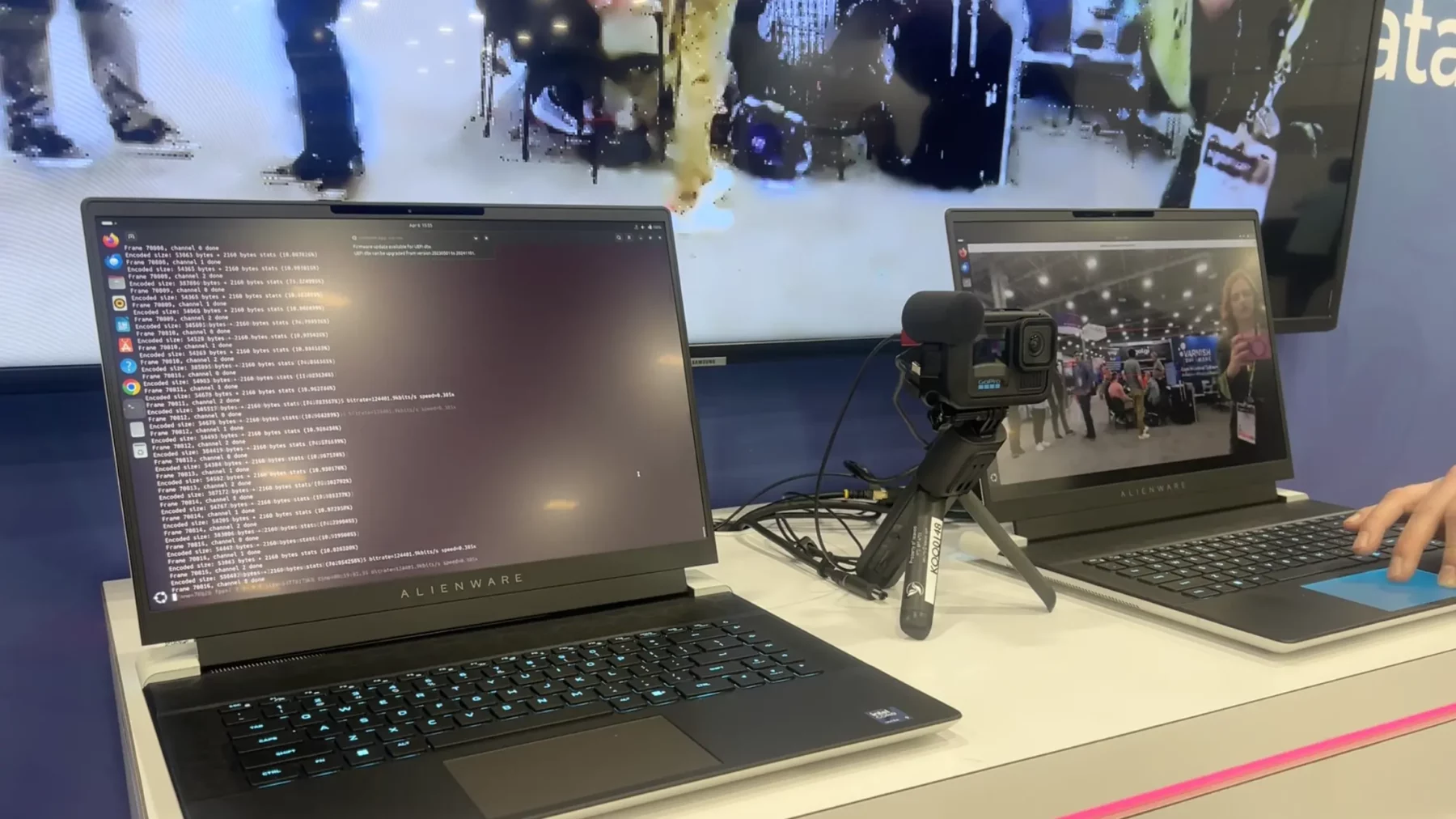
This technology is going to make sports coverage and live event broadcasting more efficient than ever before. By allowing broadcasters to enhance specific scenes without sacrificing overall video quality, GVC will change how we capture and share live content.
CLEAR SKIES AHEAD
Dr. Metzler worked on the technology for more than a decade. Software engineer Kevin Wang joined him in 2023. Winning NAB’s Innovation Award validates what our team has believed all along: video doesn’t just need to be higher resolution—it needs to be smarter.
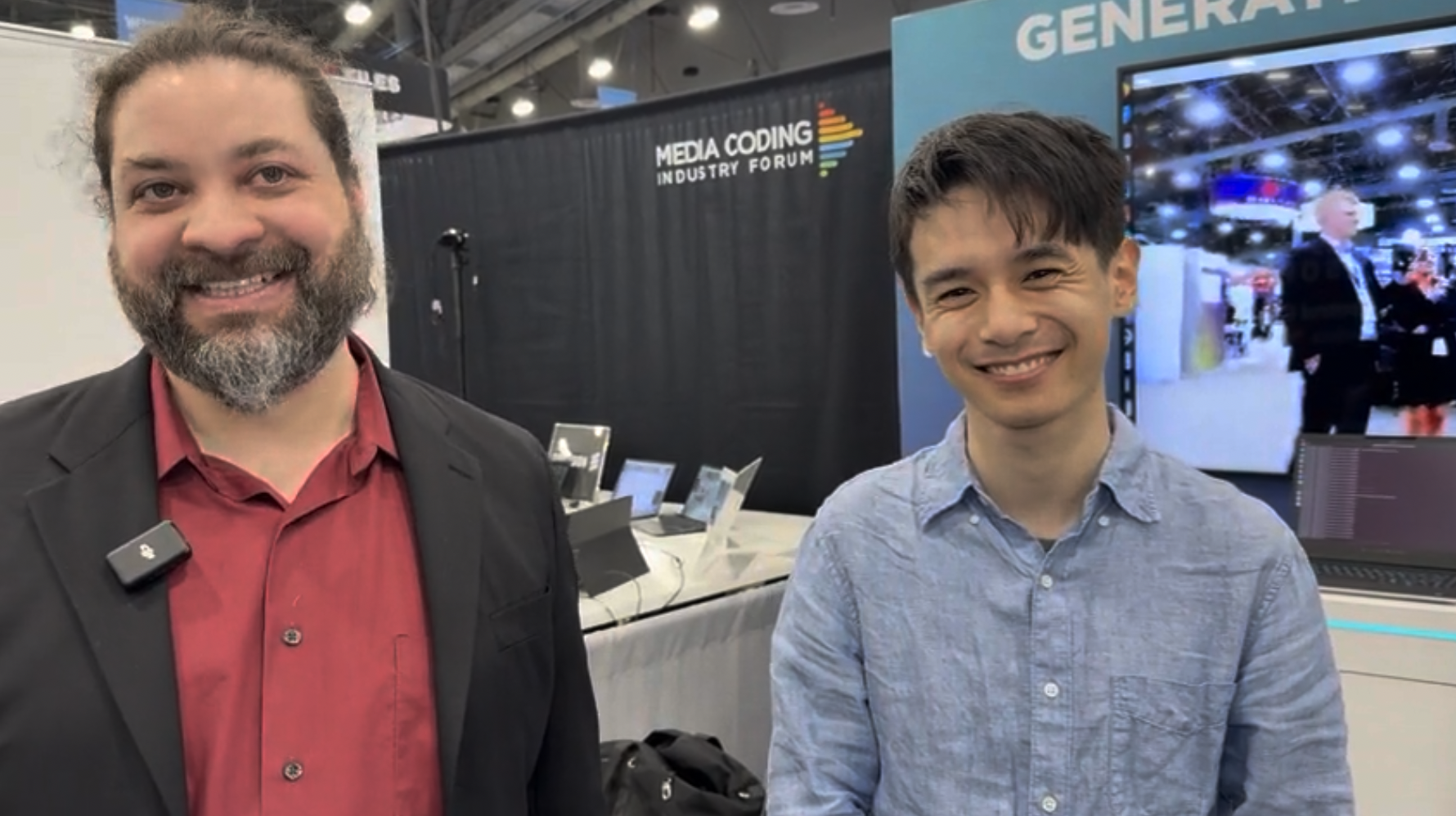
“It becomes a tool for everybody, like a screwdriver,” Dr. Metzler says. “Something you use when there’s an application to improve your workflow, whatever that workflow might be.”
As our interconnected world becomes increasingly visual, the ability to prioritize what matters in video streams isn’t just a technical improvement—it’s a fundamental shift in how we process visual information.
The applications are endless. And we’re just at the beginning. Seeing incoming visuals more clearly can mean the difference between life and death, between understanding and confusion. We believe GVC will transform how people stream video and make timely decisions. And it’s coming soon.
As my co-founder Paul Adrian reminds us:
“We’ve seen how powerful this technology can be, and we’re just getting started. The possibilities are endless, from real-time collaboration in global production teams to providing precise, quality-controlled footage in breaking news situations.”
That’s something worth watching for.

